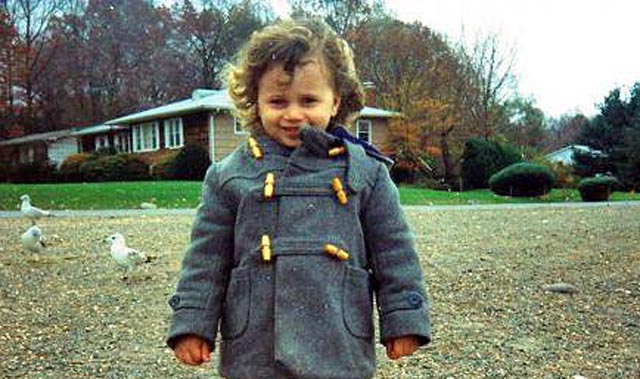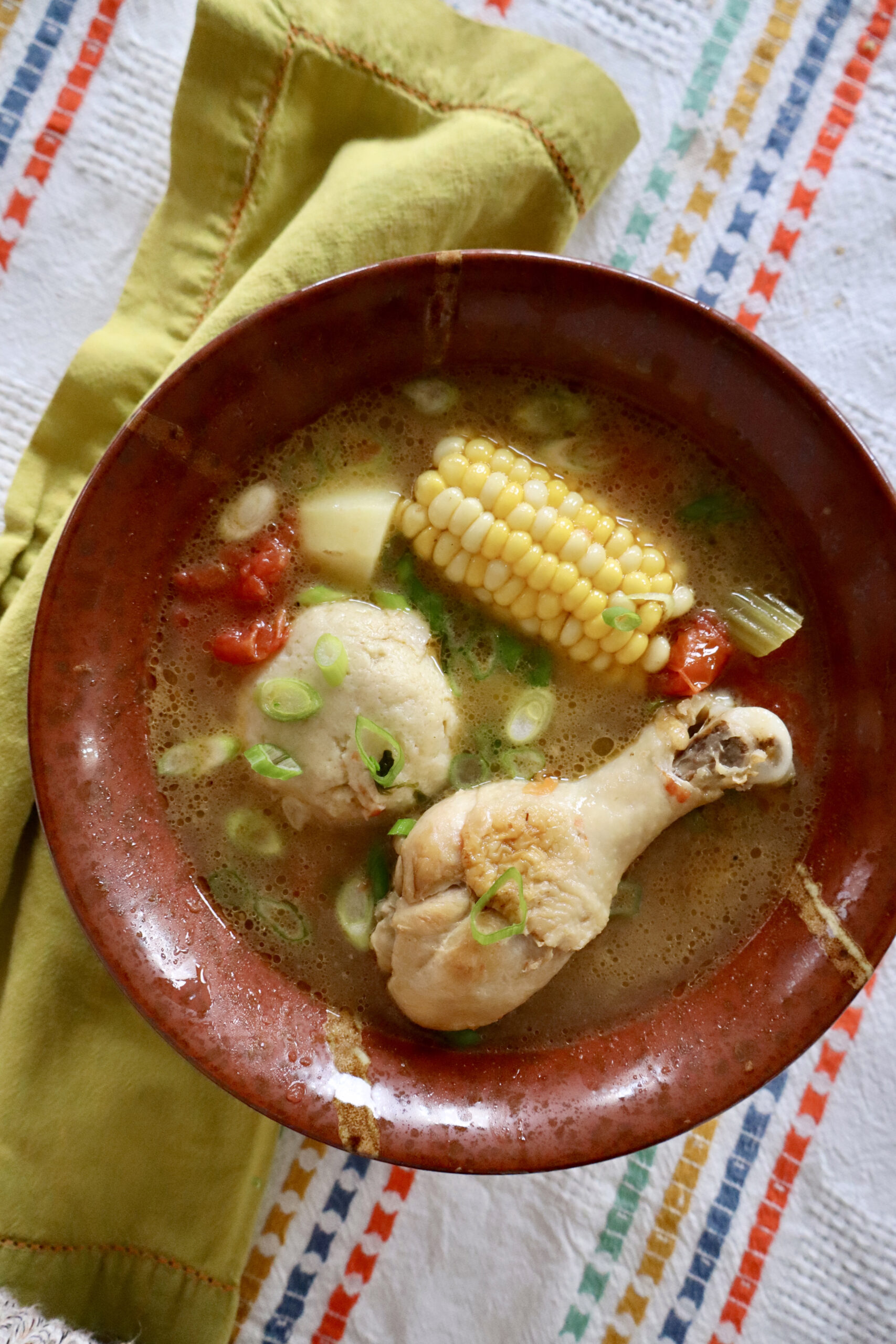“Yiddish takes in people from the margins who wanted a little something else, or wanted something more, or wanted to add to their Jewish experience.” -Cameron Bernstein
Cameron Bernstein was one of six students in her first Yiddish class her senior year of college. While Bernstein had grown up in the Reform movement went to Jewish summer camp and was active in Hillel, the opportunity to engage in a heritage language like Yiddish made Judaism come alive in a different way. Through her classes, Bernstein found many aspects of the language especially compelling. Yiddish offered a connection to collective memory, pluralistic Judaism, and an eager audience of learners.
Bernstein reflected on how her family spoke Yiddish 3-5 generations prior, so while the language itself wasn’t passed to her, the memory of Yiddish was always present. As Bernstein continued to learn Yiddish, the power of memory extended beyond her own family and into a rich history of Jewish pluralism. In Yiddish, “there are so many ways to be Jewish,” Bernstein explained. Bernstein shared some of her favorite examples of how Yiddish uplifts the Jewish diversity that has always been there for individuals, institutions, and communities. There were Yiddish-speaking secular Jewish schools and summer camps filled with people feeling fully Jewish while not being religiously observant. On the other end of the spectrum were Hasidic Jews utilizing Yiddish as the language of the home to distinguish it from the language of holy study or prayer. Yiddish-speaking communist Jews worked to start mutual aid funds for people inside and out of the Jewish community. For queer activists in the 60s-80s who didn’t find themselves in mainstream Jewish life, Yiddish was a way of creating community. For Bernstein, “Yiddish takes in people from the margins who wanted a little something else, or wanted something more, or wanted to add to their Jewish experience.”
As a proud Filipino and Jewish Yiddish speaker, Bernstein publicly shows that Jews of Color have a place in the Yiddish community just like the many other marginalized groups who have made the language central to their identity and community. Bernstein’s university classes gave a platform for these voices as well, with her professor being especially interested in sharing the stories of women Yiddish novelists. Yiddish reignited Bernstein’s love of learning, and as classes wrapped up, she found herself wanting to continue learning and speaking Yiddish. Graduating during the pandemic, lockdown offered an opportunity for Bernstein to take what she learned in a university classroom and make Yiddish accessible to a variety of people through TikTok.
With over 1 million views, Bernstein brings Yiddish into people’s phones and homes. Her videos range from historical remakes to translating current songs into Yiddish, Bernstein utilizes her platform to show her investment in and love for the Jewish people. At first, the journey of becoming a Yiddish TikTok influencer was a bit of a challenge since it was a steep transition from being a Yiddish learner to a Yiddish educator. Bernstein understood that while she might not be an authority on Yiddish, she could be an example. Bernstein is an example of someone who seeks knowledge, embraces mistakes, and graciously accepts and recognizes her mistakes along the way and incorporates it into her future language use.
@c.o.bernstein #duet with @johnmarknelson “Ot azoy neyt a shnayder” lyrics pulled from Yidlid dot org. This is a #folksong so other lyrics/melodies exist #Yiddish
Bernstein hopes that people can learn a few things about Yiddish. First, that the language is not dead! Now, more than ever there are ample resources for anyone hoping to make the language come alive for themselves. Bernstein reflected on the way that Yiddish is “so much more than what we have been able to passively inherit from previous generations.”
As a fellow at the Yiddish Book Center in Amherst, MA, Bernstein gets to be a part of bringing the nuance and richness of Yiddish to life. Bernstein works in the communications department where she shares the story of the Center, the over 1.5 million books it houses, and the people who read them.
@c.o.bernstein This Friday, @Abby Stein and I looked around at the shelf of Hasidic books at the #Yiddish Book Center, some she recognized from her childhood!
For Bernstein, Yiddish is much more than a hobby. “Yiddish is something I share with my friends. It’s who I surround myself with. It’s the music I listen to.” The weaving of Yiddish into many parts of her life is something she hopes will continue as she heads to medical school in January.
Whether you’ve never heard Yiddish before in your life or you speak it regularly, Bernstein sets an example for the fullness that Yiddish can bring to people’s lives and the diversity that it has and will continue to represent.







